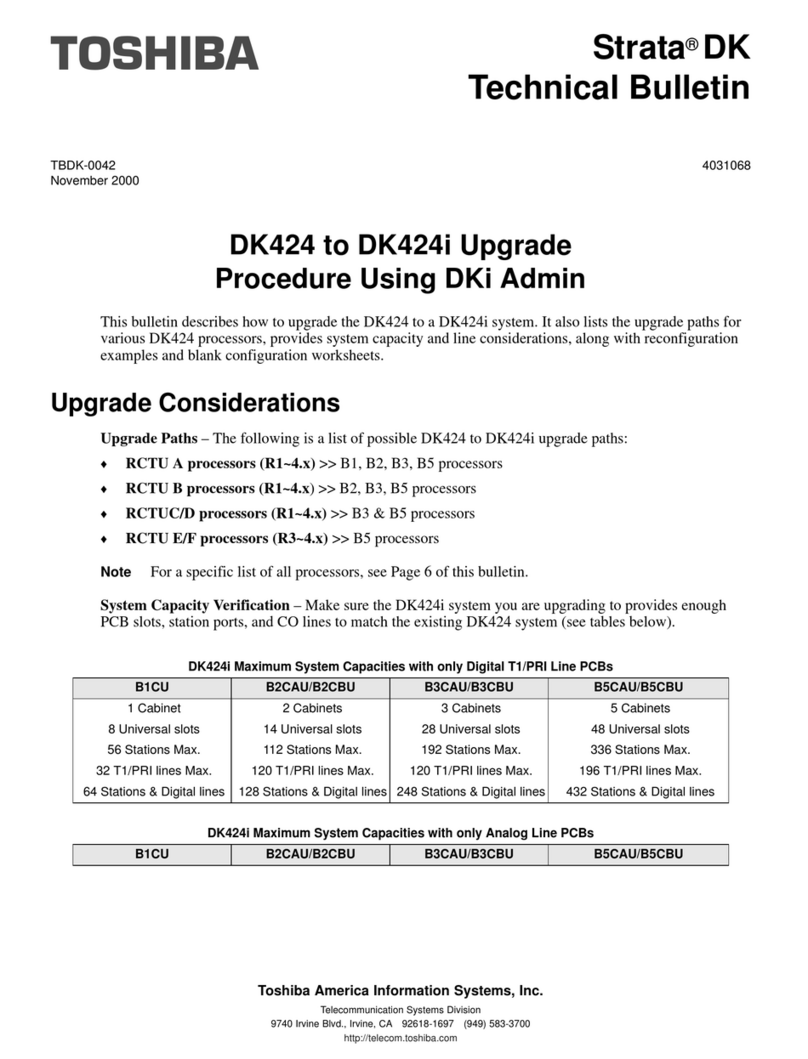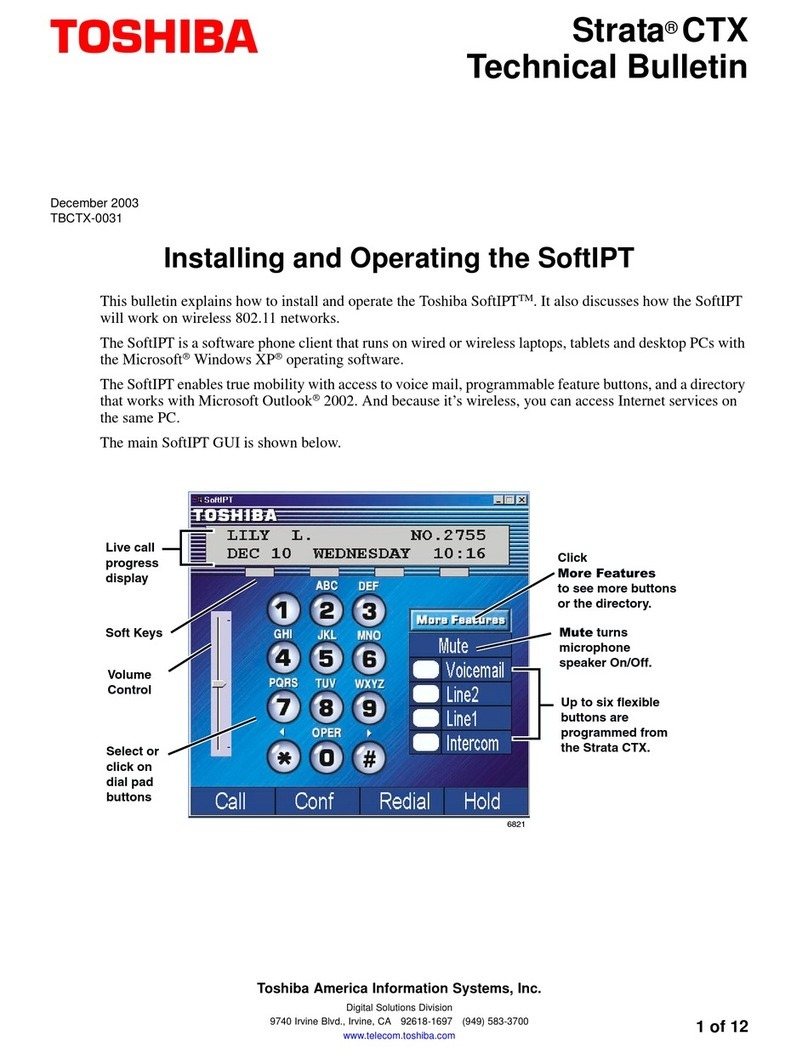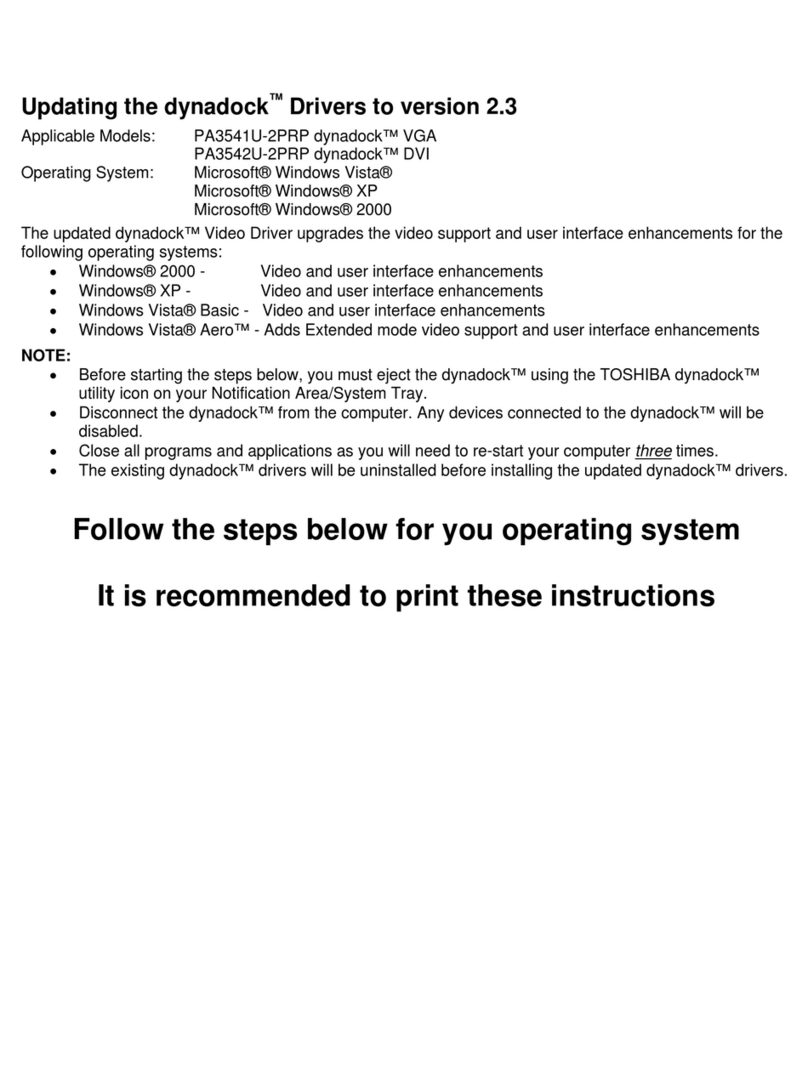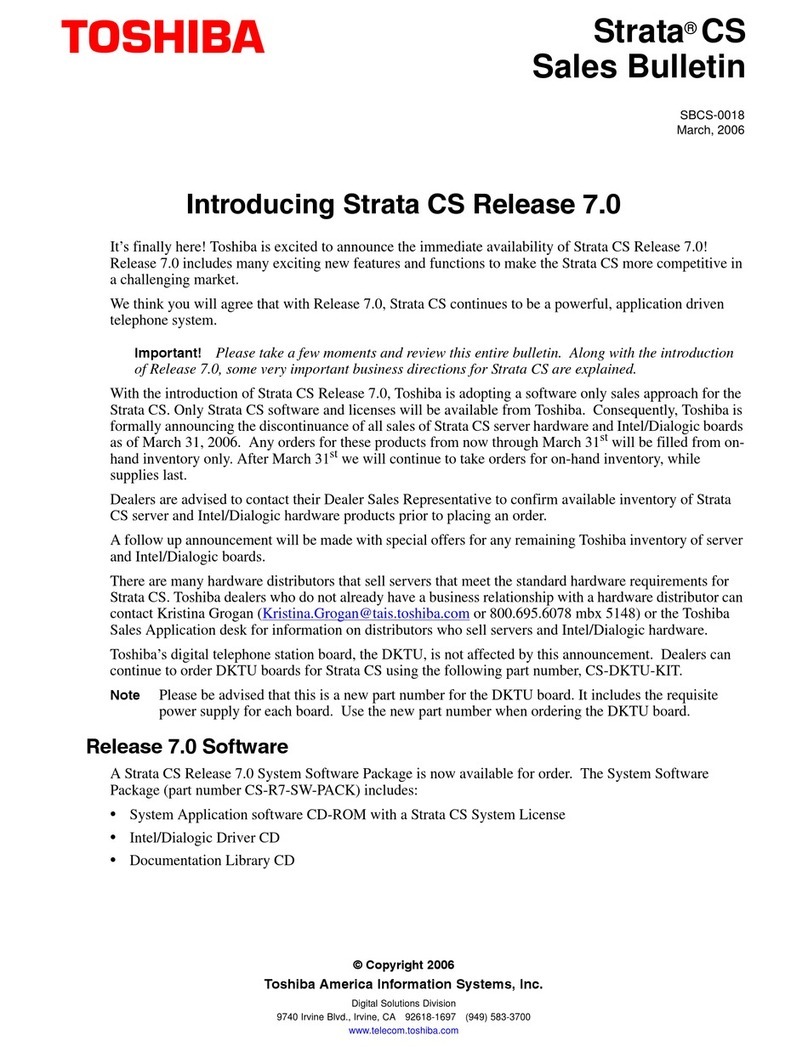Toshiba Strata CIX SIP Trunking User manual
Other Toshiba Software manuals
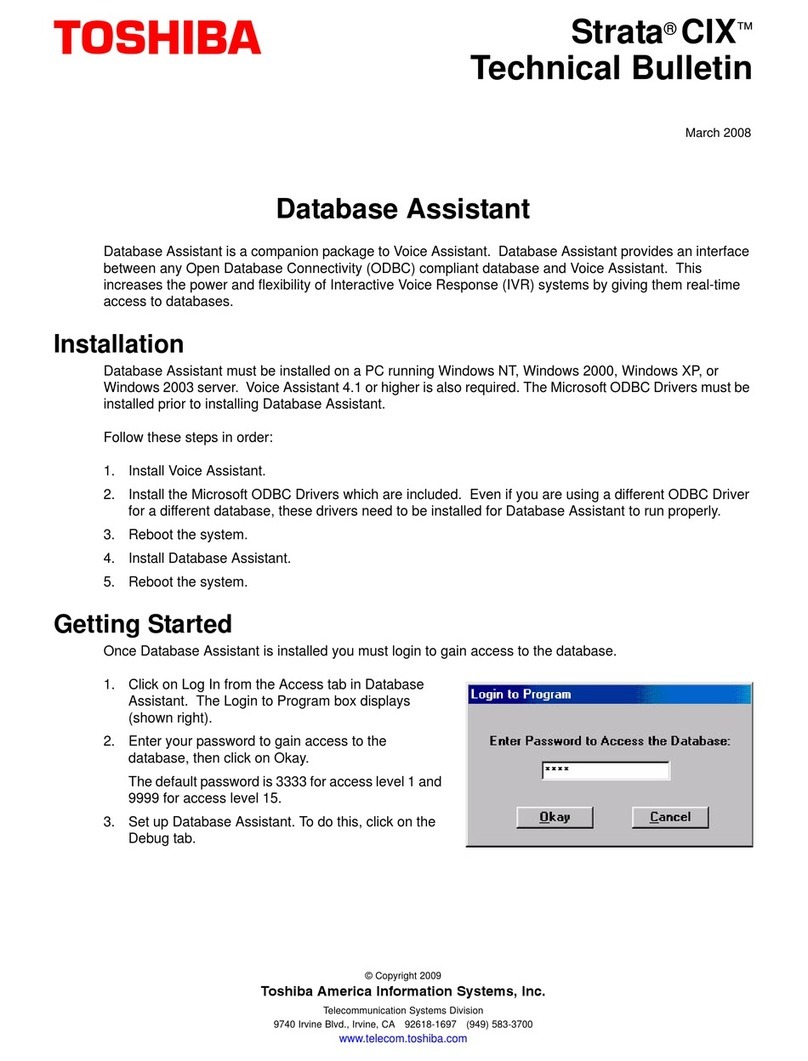
Toshiba
Toshiba Strata CIX Database Assistant Service manual
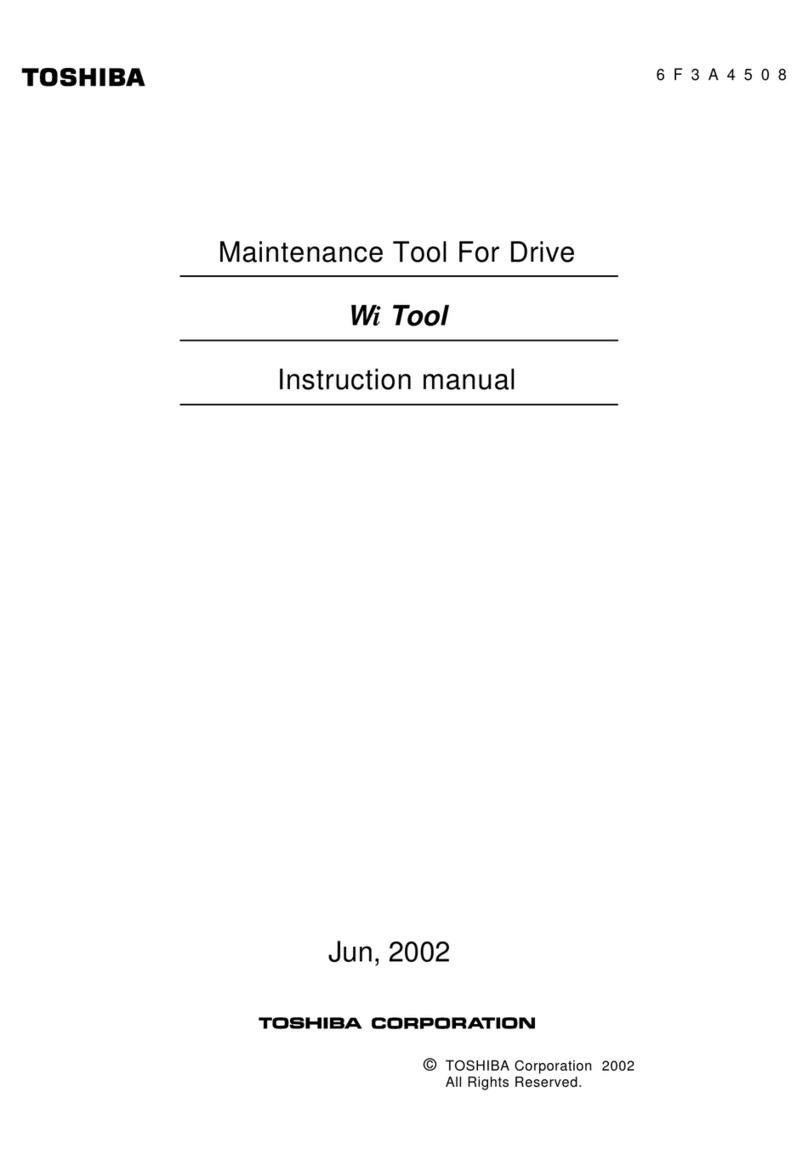
Toshiba
Toshiba 6F3A4508 User manual
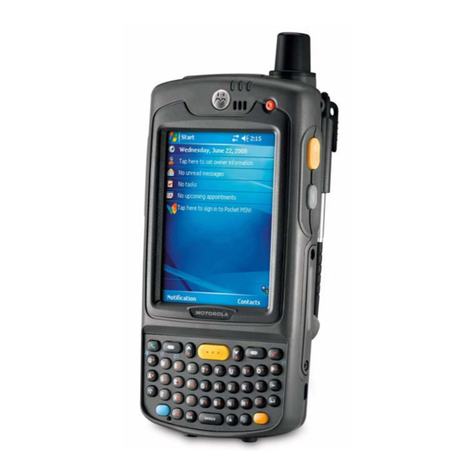
Toshiba
Toshiba Strata CIX SoftIPT 2.1.2 User manual

Toshiba
Toshiba STRATA CIX Effective Call Center Management User manual
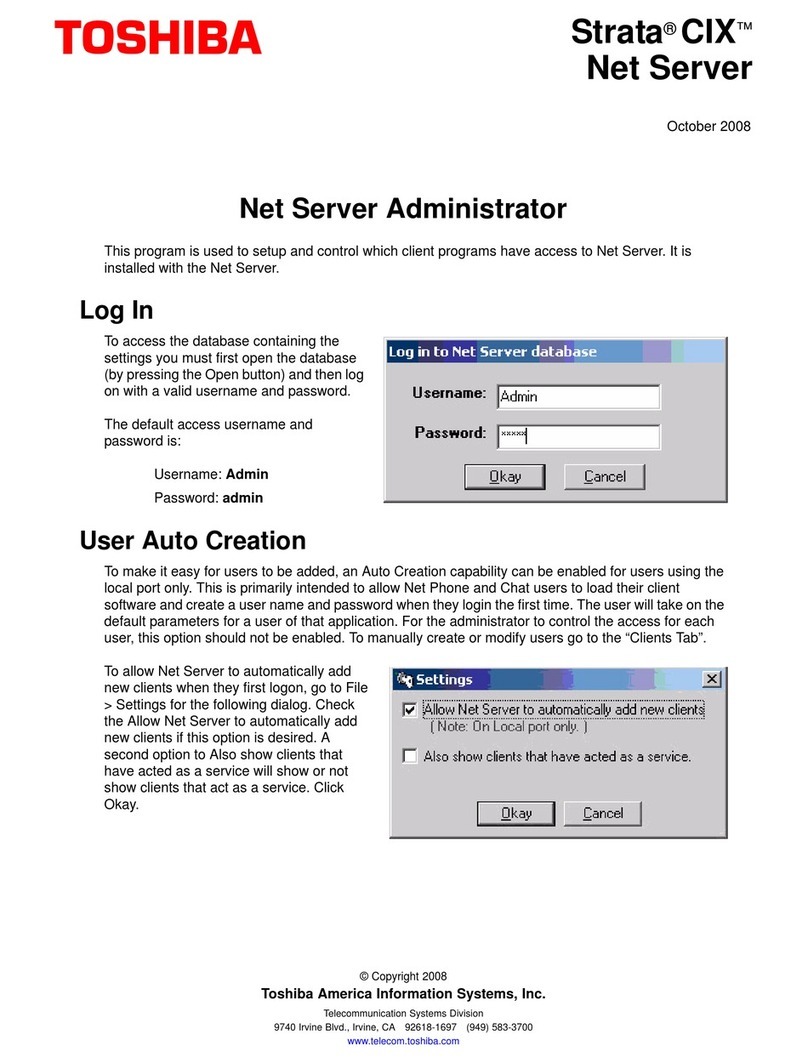
Toshiba
Toshiba STRATA CIX Net Server Service manual
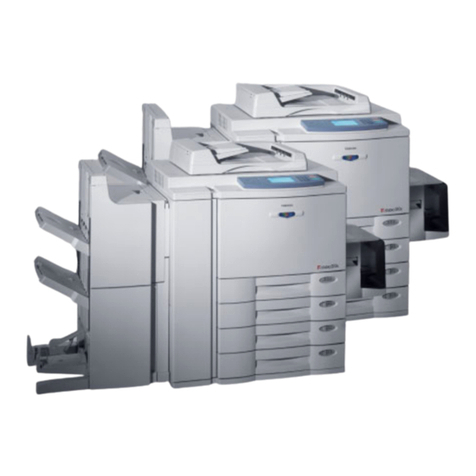
Toshiba
Toshiba e-STUDIO Printer/Fax/Scanner/Copier User manual
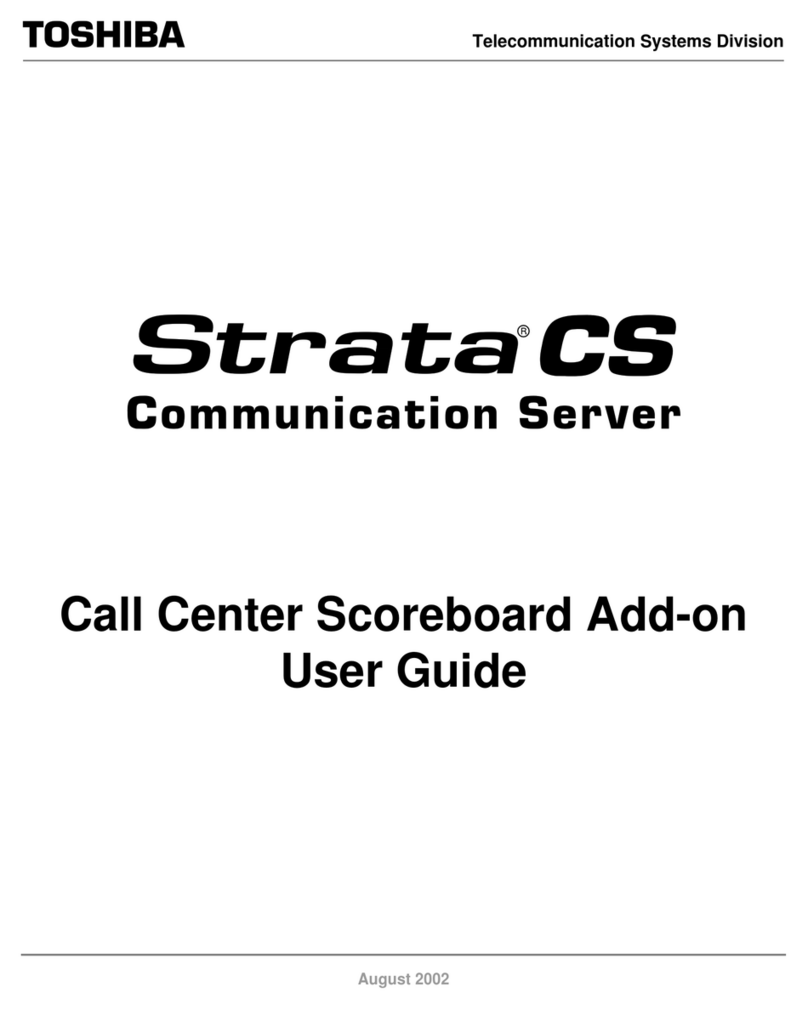
Toshiba
Toshiba STRATA CS Commutation Server User manual

Toshiba
Toshiba Strata CTX ACD Application User manual
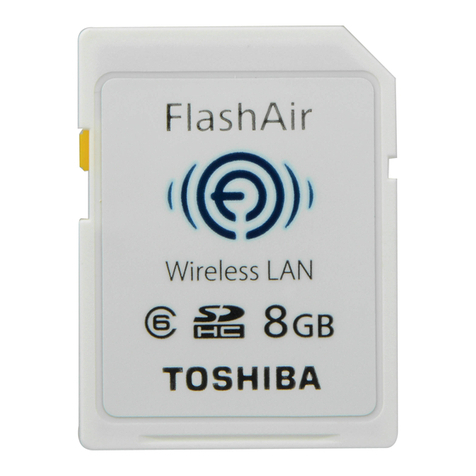
Toshiba
Toshiba PFW008U-1ABW User manual
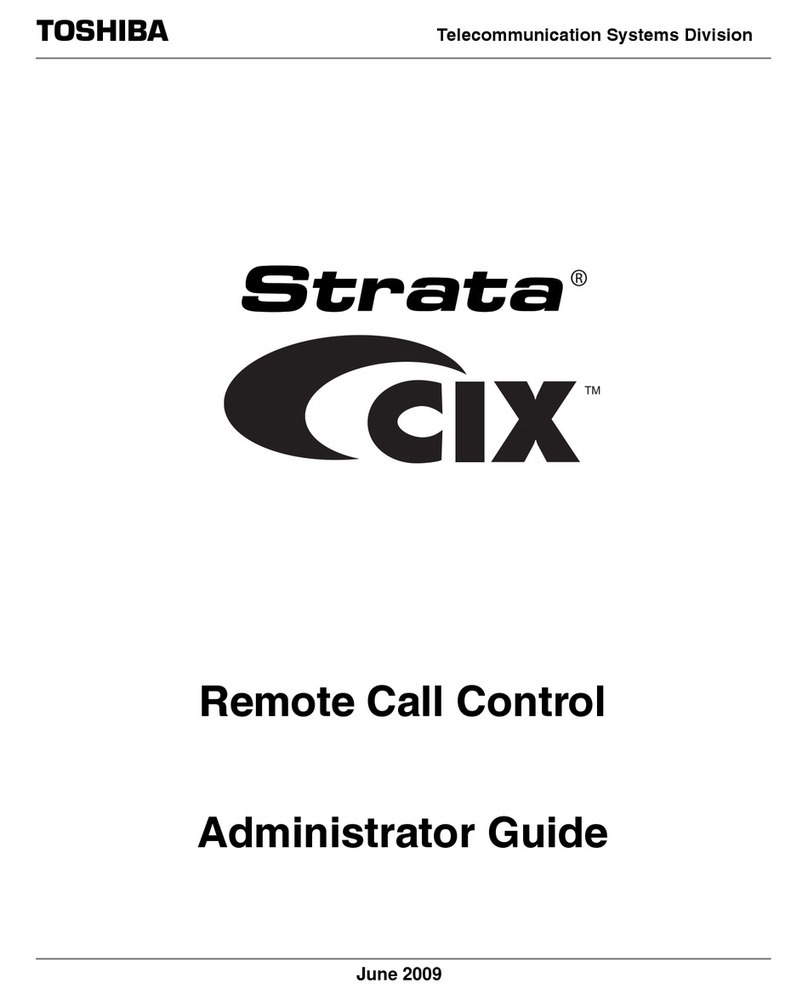
Toshiba
Toshiba STRATA CIX Remote Call Control Service manual
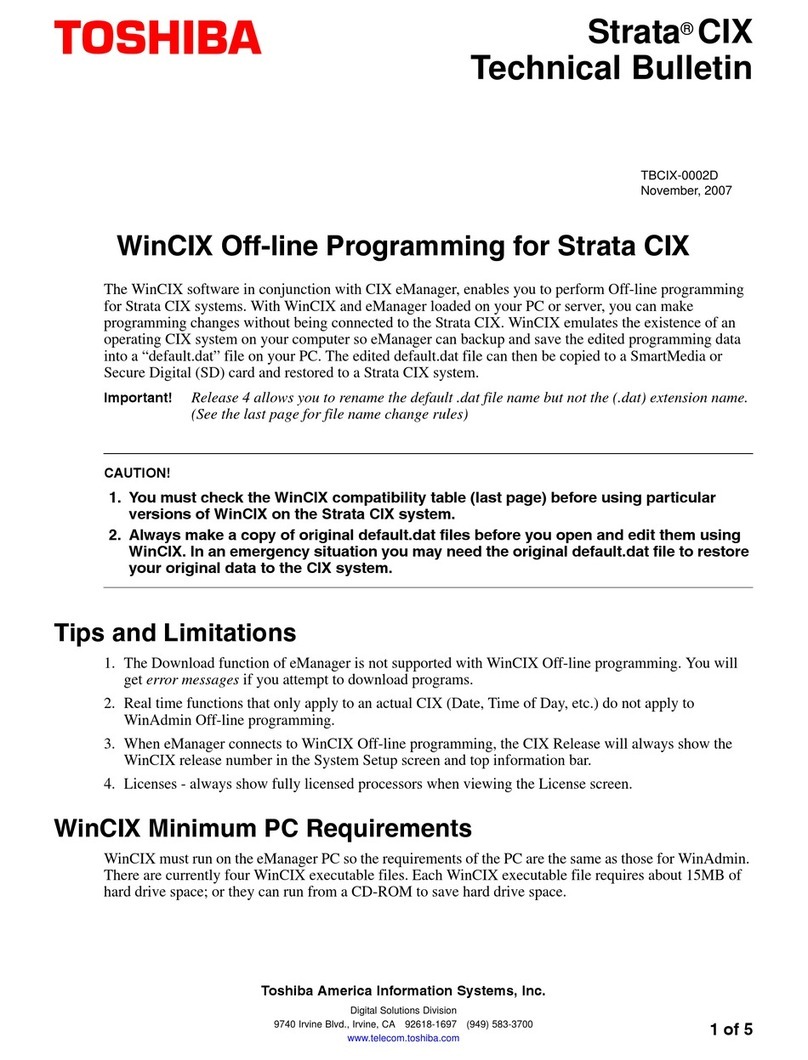
Toshiba
Toshiba Strata CIX WinCIX Service manual
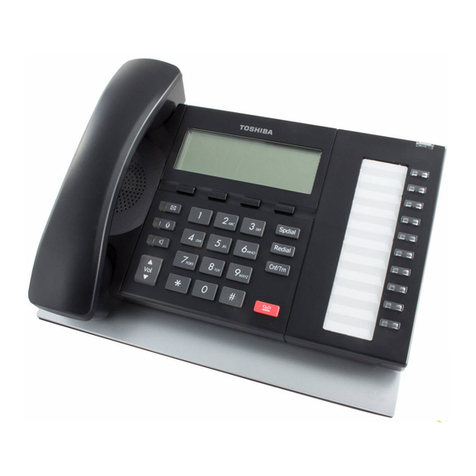
Toshiba
Toshiba STRATA CIX Owner's manual

Toshiba
Toshiba Strata CS User manual

Toshiba
Toshiba STRATA CIX Owner's manual

Toshiba
Toshiba STRATA CIX Service manual

Toshiba
Toshiba STRATA CIX Net Server User manual
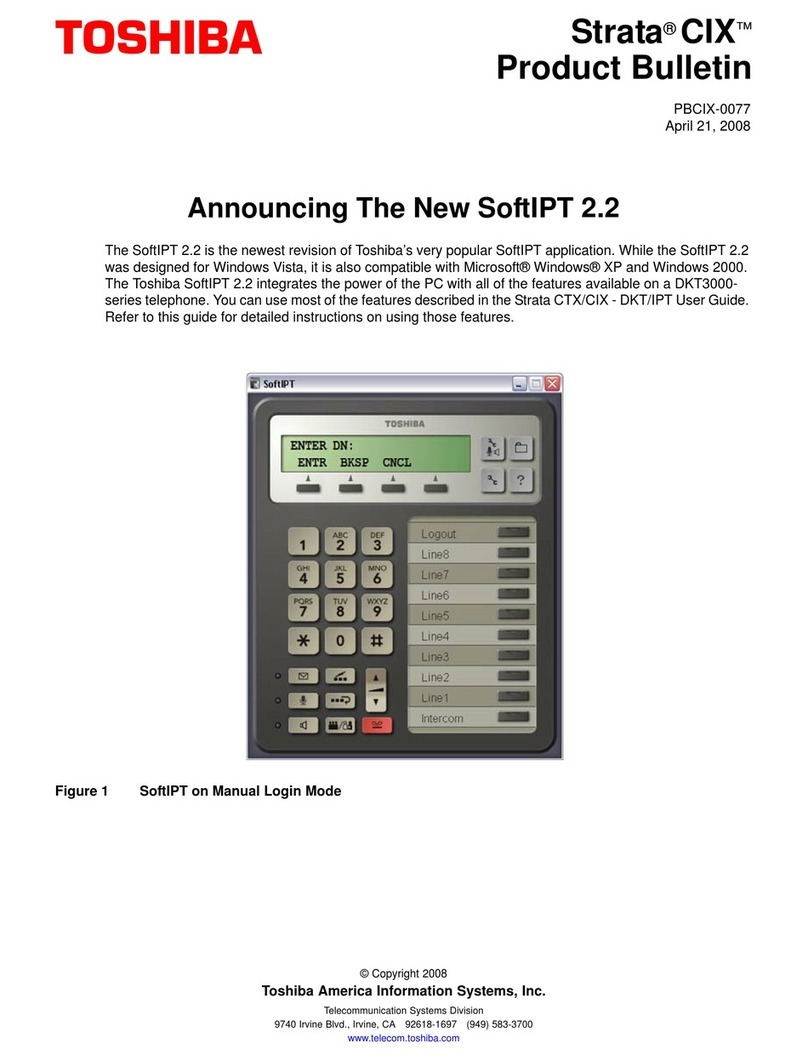
Toshiba
Toshiba Strata CIX SoftIPT 2.2 User manual
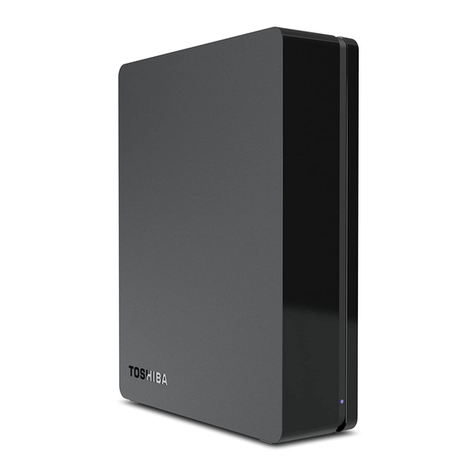
Toshiba
Toshiba HDWC110XK3J1 User manual
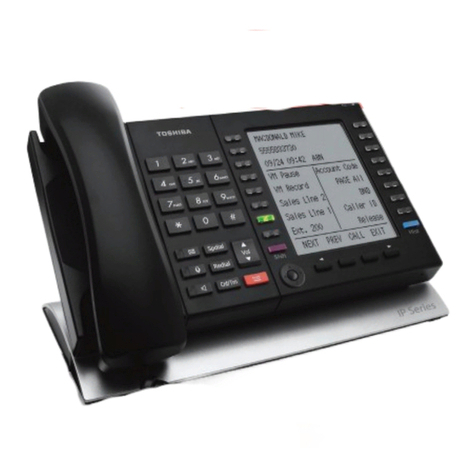
Toshiba
Toshiba VIPedge User manual
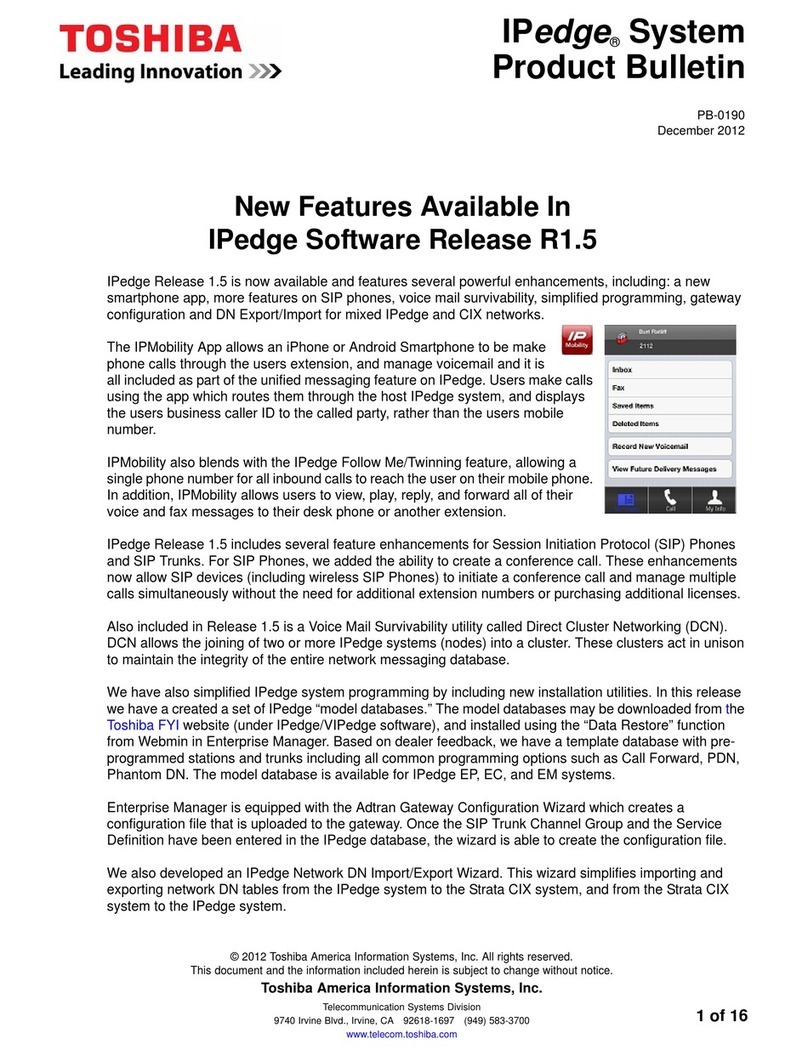
Toshiba
Toshiba IPedge Software Release R1.5 User manual
Popular Software manuals by other brands
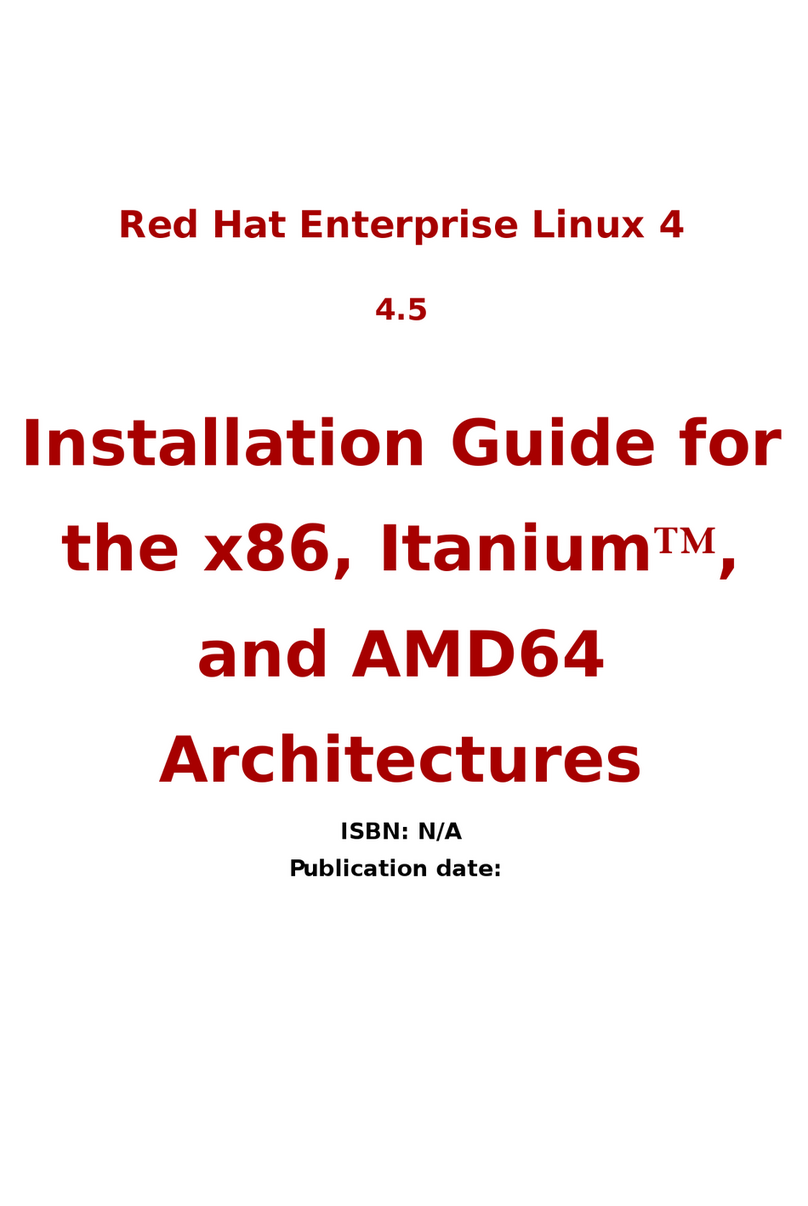
Red Hat
Red Hat ENTERPRISE LINUX 4 - FOR X86-ITANIUM AND... installation guide
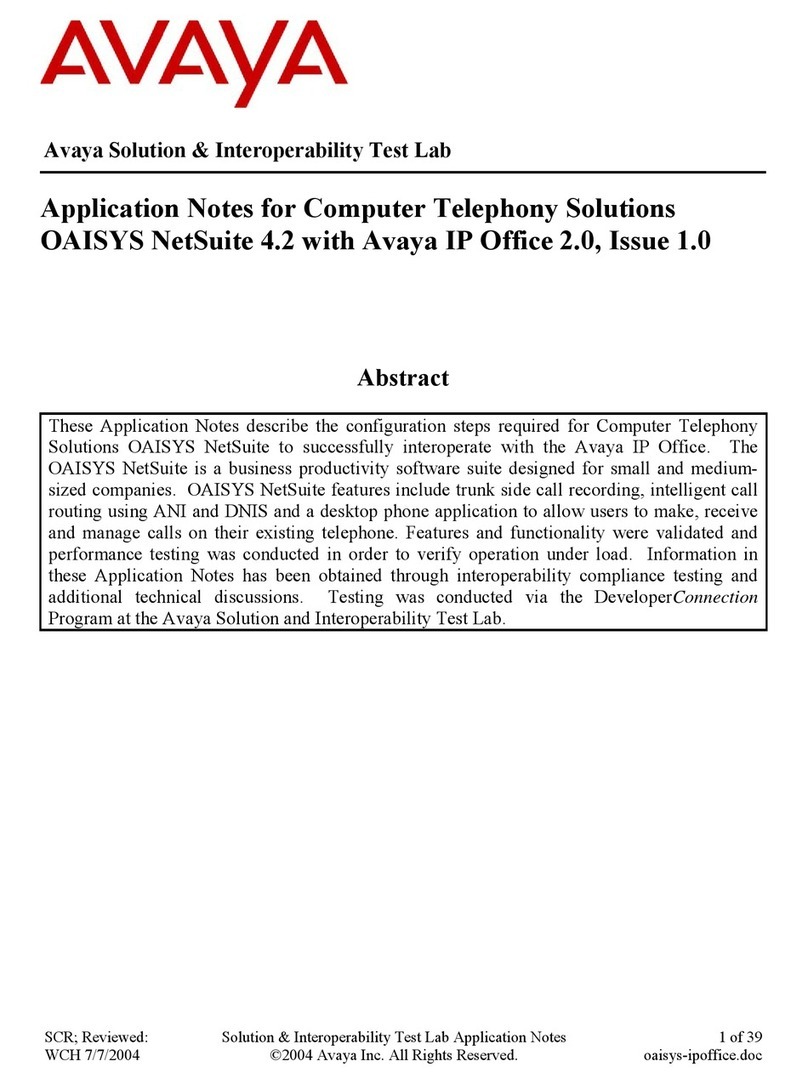
Avaya
Avaya OAISYS NetSuite 4.2 Application notes
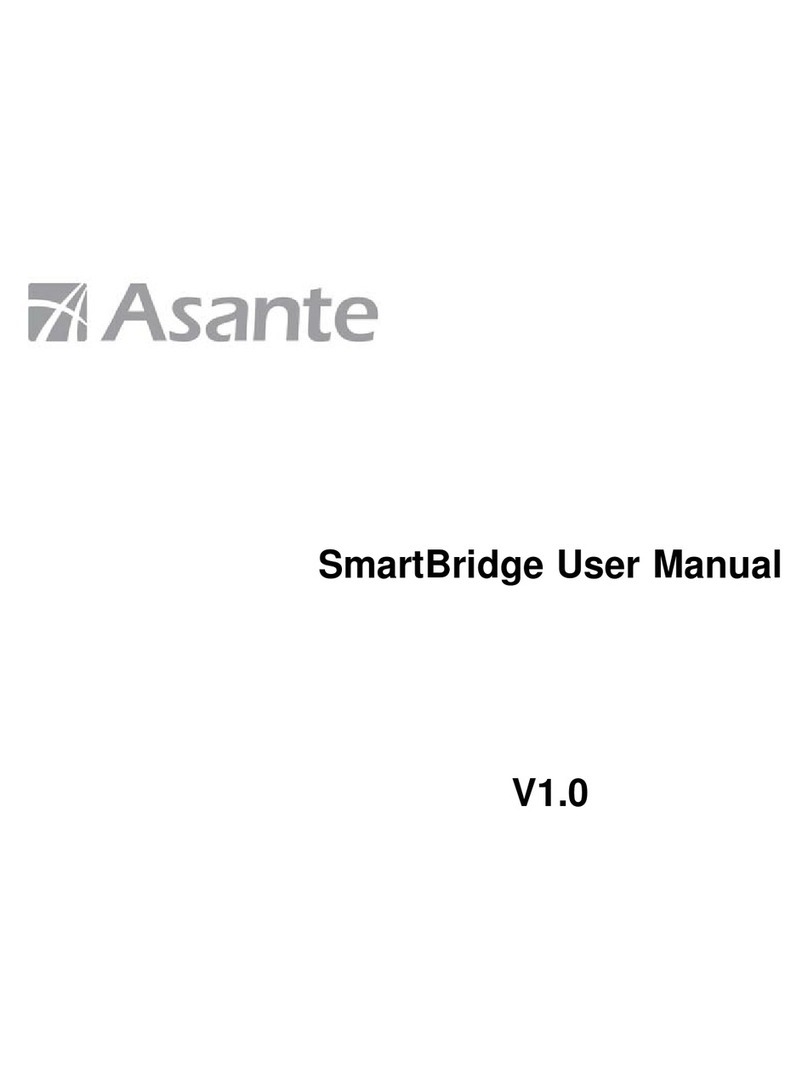
Asante
Asante SmartBridge V1.0 user manual
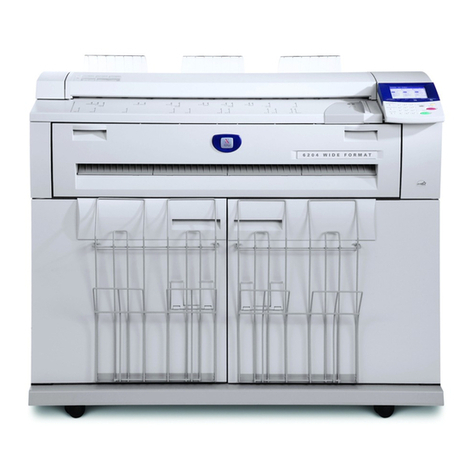
Xerox
Xerox Wide Format 6204 installation guide
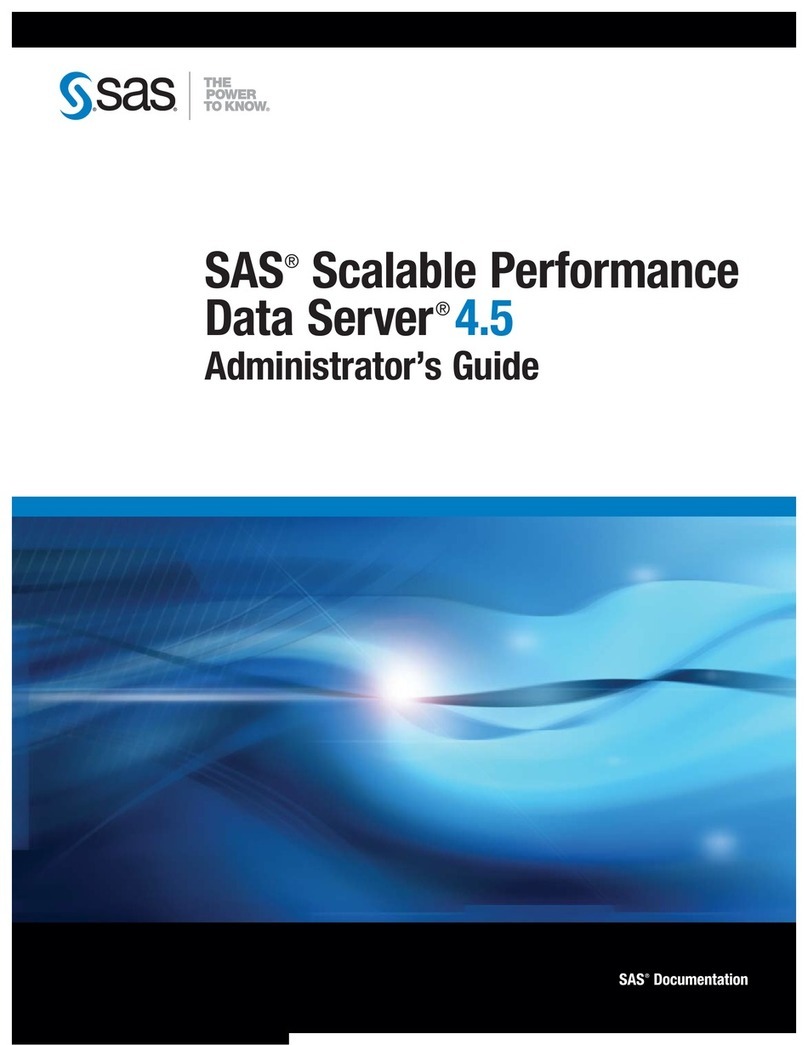
SAS
SAS Scalable Performance Data Server 4.5 Administrator's guide
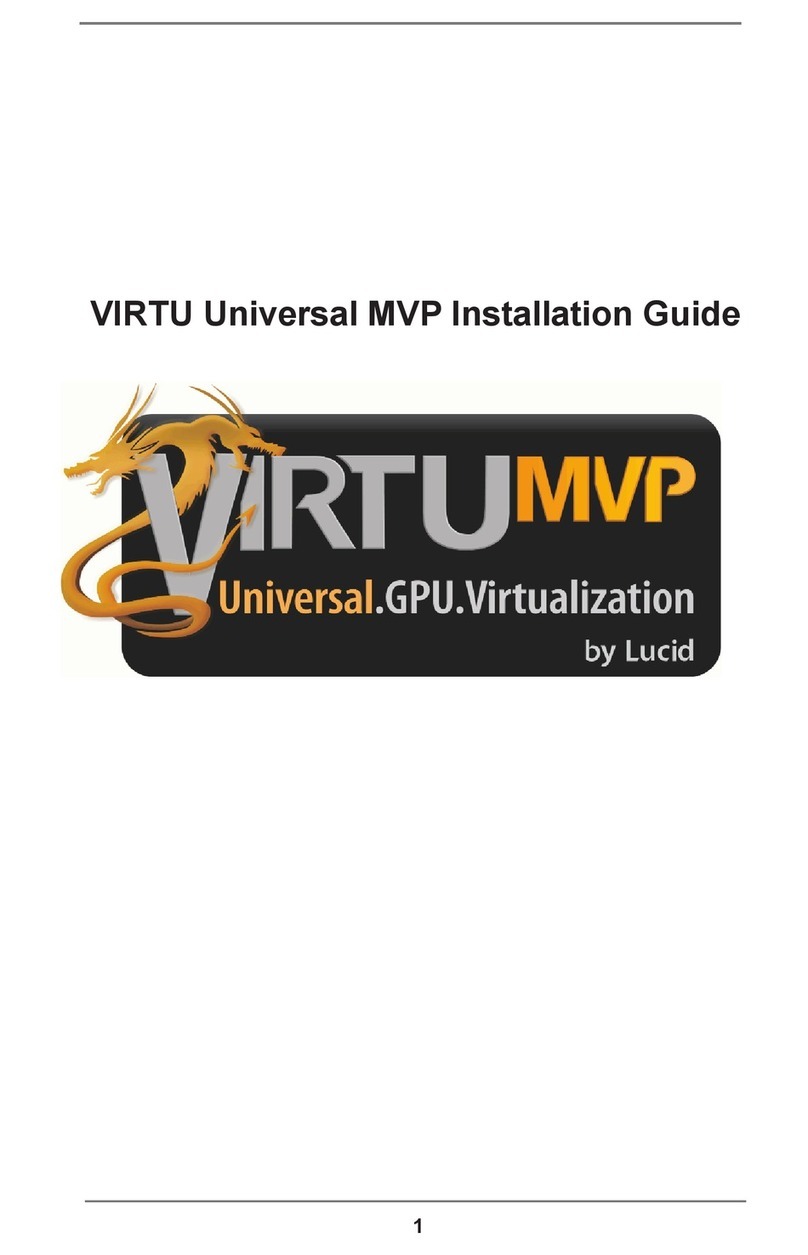
Lucid
Lucid FM2A85X Extreme6 installation guide

Juniper
Juniper JUNOS PUS MOBILE SECURITY SUITE datasheet
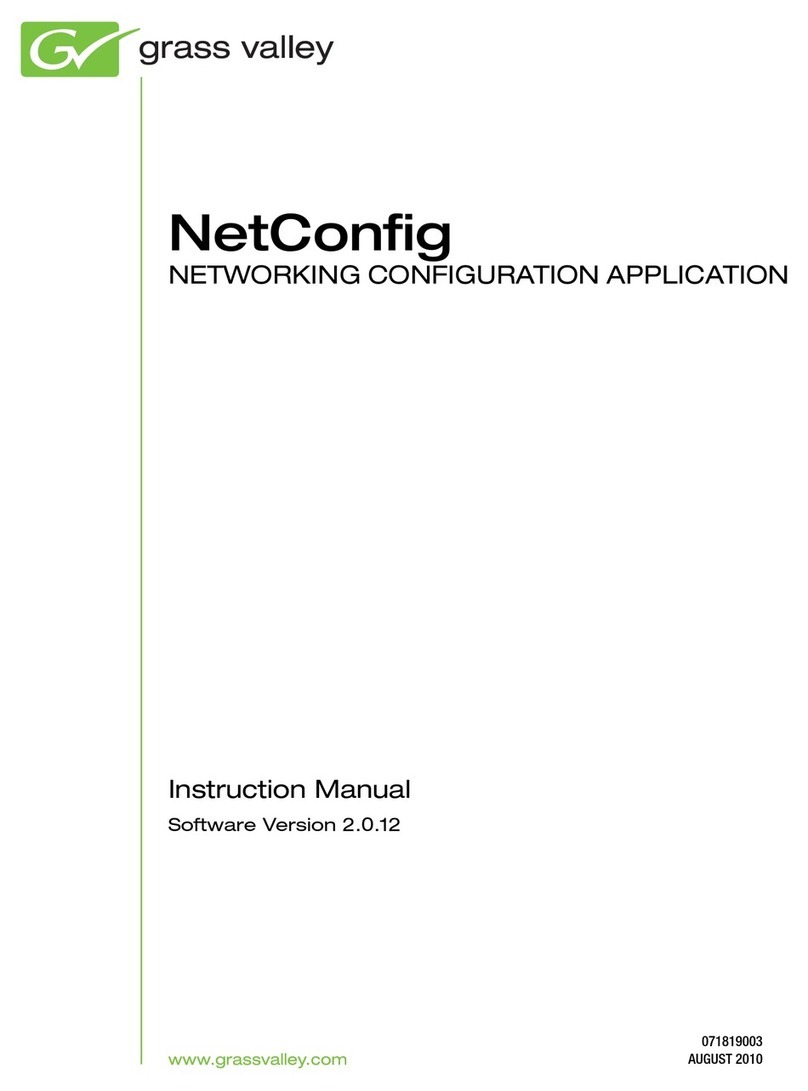
GRASS VALLEY
GRASS VALLEY NETCONFIG V2.0.12 instruction manual
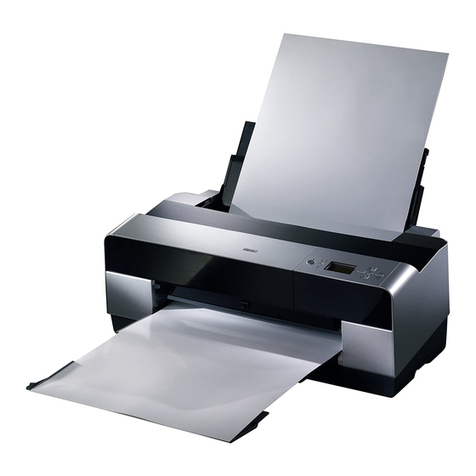
Epson
Epson Stylus Pro 9880 ColorBurst Edition - Stylus Pro 9880... Getting started

COMPRO
COMPRO COMPROFM manual

Muratec
Muratec OFFICEBRIDGE ONLINE user guide

Oracle
Oracle Contact Center Anywhere 8.1 installation guide
